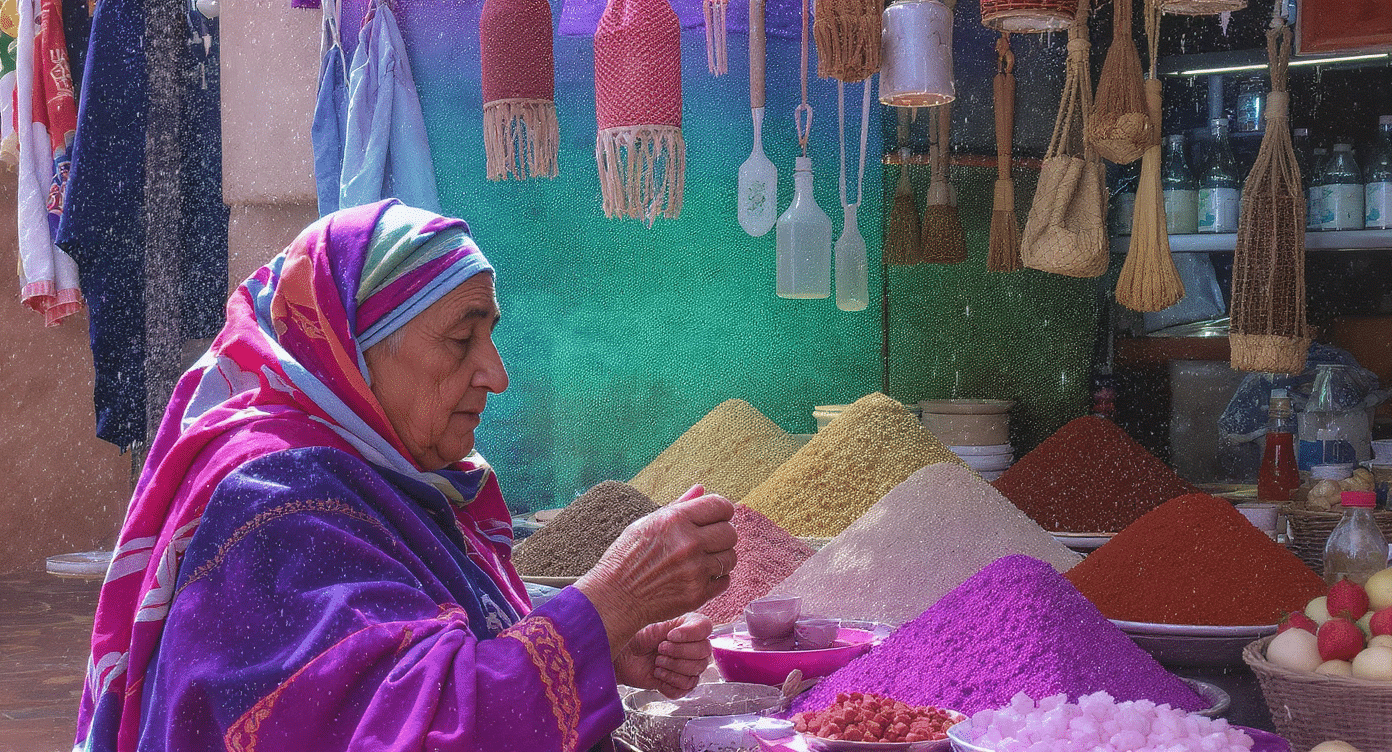Have you ever wondered how a small café in Tokyo now serves Italian espresso while playing Brazilian jazz? The world feels smaller today than it did fifty years ago.
People can watch Korean dramas on Netflix, order Indian food through an app, and learn French on their phones. This is globalization at work.
The impact of globalization on culture touches every aspect of human life.
From the music people listen to, the food they eat, to the way they communicate with friends. Globalization brings cultures together in ways that previous generations could never have imagined.
What Is Cultural Globalization?
Cultural globalization means the worldwide exchange of ideas, values, traditions, and ways of life. It happens when cultures spread beyond their original borders and mix with others.
This process works through several channels:
- Media and Entertainment: Movies, TV shows, and music cross borders easily
- Technology: Social media connects people from different cultures
- Trade: Products carry cultural meanings with them
- Migration: People bring their traditions to new places
- Education: International schools and programs share knowledge globally
Impact of Globalization on Culture and Local Traditions

Local traditions don’t stay frozen in time when they meet global influences. Instead, they adapt and change in ways that can surprise both locals and outsiders.
This conversion occurs gradually as communities find new ways to honor their past while forging modern connections.
1. The Mixing of Old and New
Traditional practices now blend with global influences in interesting ways. Consider how festivals are celebrated today.
Diwali, originally an Indian festival, now happens in major cities worldwide. People who have never been to India participate and learn about the culture.
Local businesses adapt to serve both traditional customers and global visitors. A traditional Japanese tea house may now offer English menus and explain the cultural significance of the ceremony to international guests.
2. Language Evolution
Languages evolve as they are influenced by global forces. English words enter local languages, while local terms gain international recognition. Words like “sushi,” “yoga,” and “safari” are now understood globally.
However, this also raises concerns. Smaller languages face pressure as dominant languages like English, Spanish, and Mandarin spread through global media and business.
3. The Digital Revolution and Cultural Exchange
The internet changed everything about how cultures meet and mix. What once took years to spread across continents now happens in hours through a simple post or video.
Digital platforms have become the fastest highway for cultural exchange in human history.
4. Social Media’s Role
Digital platforms have transformed the way cultures interact. Young people in different countries now share similar interests, influenced by the same online content. K-pop fans exist on every continent, united by their love for Korean music and culture.
5. Instant Cultural Transmission
A recipe from a grandmother in Morocco can reach millions of people through a simple video post. Cooking techniques, fashion styles, and artistic methods spread faster than ever before.
The impact of globalization on culture is most evident in these digital spaces, where traditional boundaries are increasingly disappearing.
Positive Effects of Cultural Globalization
Cultural globalization brings numerous benefits, making the world a richer and more connected place. People gain access to new ideas, foods, art forms, and ways of thinking.
These positive changes often lead to greater understanding and cooperation between different groups.
| Benefit | Description | Example |
|---|---|---|
| Cultural Awareness | People learn about different ways of life | International food festivals |
| Innovation | Mixing ideas creates new solutions | Fusion cuisine combines different traditions |
| Tolerance | Exposure reduces prejudice and fear | Interfaith dialogue programs |
| Economic Growth | Cultural tourism and trade increase | Bollywood films’ earnings globally |
Breaking Down Barriers: When people understand other cultures, they become more accepting of them. A person who learns about Islamic art traditions might appreciate the skill and beauty involved. This understanding helps reduce conflict and builds friendships across cultural lines.
Creative Collaboration: Artists, musicians, and writers now collaborate across continents. A Japanese animator might work with a French storyteller and an American composer to create something entirely new.
These collaborations produce art that no single culture could create alone.
The Future of Culture in a Globalized World

The relationship between global and local culture continues to evolve. New technologies and shifting attitudes are shaping how communities approach cultural exchange.
Thinking Global, Acting Local
Smart communities have learned to adapt to global trends while keeping their local character. This approach works better than completely accepting or rejecting outside influences.
Local businesses and cultural institutions find ways to serve both traditional customers and global audiences.
Examples of successful adaptation include:
- Restaurants that blend international techniques with local ingredients
- Fashion designers who use traditional patterns in modern clothing styles
- Musicians who mix global genres with folk instruments from their region
- Schools that teach international curricula alongside local history and customs
This approach, known as “glocalization,” enables the maintenance of cultural relevance while fostering beneficial global connections. Communities that master this balance often thrive in the globalized world.
Technology as a Cultural Preserver
Digital technology plays a double role in cultural change. While it spreads global influences, it also helps communities save and share their unique traditions.
Modern preservation efforts include:
- Recording elders as they share traditional stories and songs
- Creating virtual museum tours that allow people worldwide to see cultural artifacts
- Building online platforms that help artisans sell traditional crafts to global customers
- Digitizing ancient texts and documents before they deteriorate
- Using apps to teach traditional languages to younger generations
Youth as Cultural Bridges
Young people often serve as bridges between global and local cultures. They grow up with access to both traditional family values and international media.
These cultural bridges help their communities by:
- Translating between older and younger generations
- Finding ways to make traditional practices relevant to modern life
- Using global platforms to share local stories and customs
- Creating art, music, and literature that speaks to both local and international audiences
Challenges and Concerns About Cultural Globalization
Not everyone sees cultural globalization as purely positive. Many communities worry about losing their unique identity amid the global influences.
These concerns deserve serious attention as societies balance openness with preservation.
1. Loss of Cultural Identity – Traditional practices and languages disappear as global influences take over
2. Cultural Homogenization – Cities and communities start looking and feeling the same everywhere in the world
3. Unequal Cultural Exchange – Some cultures dominate global media while others get little representation
4. Economic Pressure on Local Businesses – Traditional shops and services struggle to compete with global brands
5. Generational Divide – Older and younger generations disagree about accepting or protecting cultural traditions
Conclusion
The impact of globalization on culture creates both opportunities and challenges for human societies.
While global connections bring knowledge, creativity, and understanding, they also raise important questions about preserving cultural diversity.
The key lies in balance. Communities that steer cultural globalization well stay rooted while welcoming new ideas, sharing unique stories on global platforms.
Culture has always evolved, but today’s change is faster and broader, offering chances to learn and create together.
What aspects of cultural globalization do you observe locally, and how can traditions continue to thrive in a global world?





































